Description
A sequencer is a device or software tool used in music production and composition to arrange and control the timing and order of musical events. It allows users to create and manipulate sequences of musical notes, rhythms, and other parameters to produce complex musical compositions.
A sequencer typically provides a timeline or grid-based interface where users can input and edit musical data. This can include MIDI notes, automation data, and various other control parameters. Users can arrange these elements in a specific order and specify their timing and duration.
Feature
- Note editing: Users can input and edit individual notes, specifying their pitch, duration, velocity, and other musical attributes.
- Quantization: Sequencers often include quantization features that automatically align notes to a specified grid or musical tempo, helping to ensure precise timing and rhythmic accuracy.
- MIDI control: Sequencers can communicate with external MIDI devices, allowing users to record and manipulate MIDI data from synthesizers, drum machines, and other MIDI-compatible instruments.
- Automation: Sequencers provide automation capabilities, allowing users to record and edit changes in parameters such as volume, panning, effects, and more over time.
- Looping and arrangement: Sequencers enable users to loop and arrange sections of musical sequences, creating song structures and arranging different parts of a composition.
- Virtual instruments and plugins: Many modern sequencers come bundled with a variety of virtual instruments and plugins, allowing users to create and modify sounds directly within the software.
Sequencers are widely used in various music genres, including electronic music production, film scoring, and live performances. They provide a powerful toolset for composing, arranging, and manipulating musical ideas, offering flexibility, precision, and creative possibilities to musicians and producers.

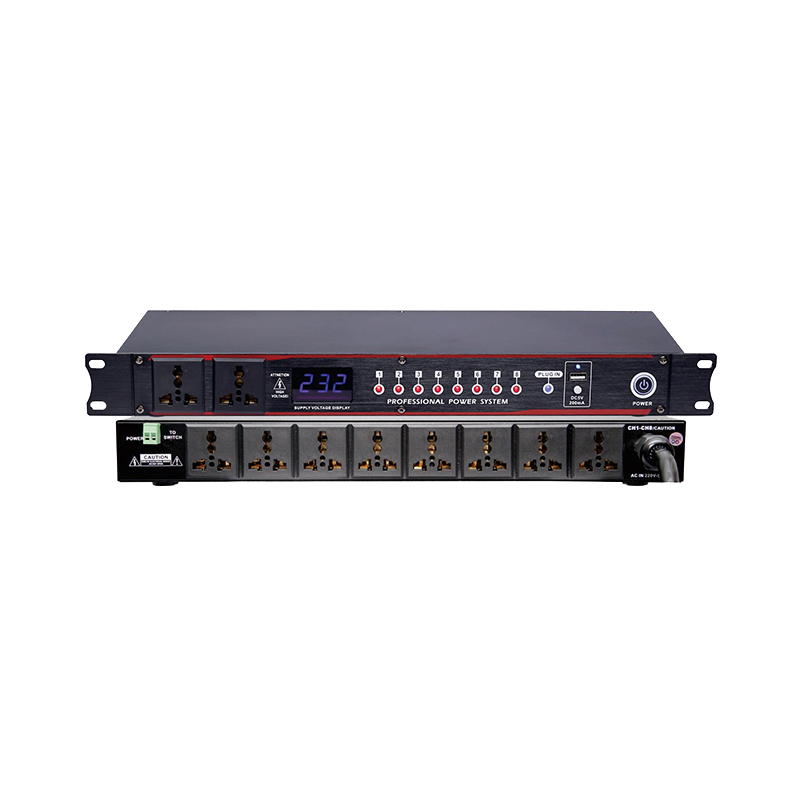
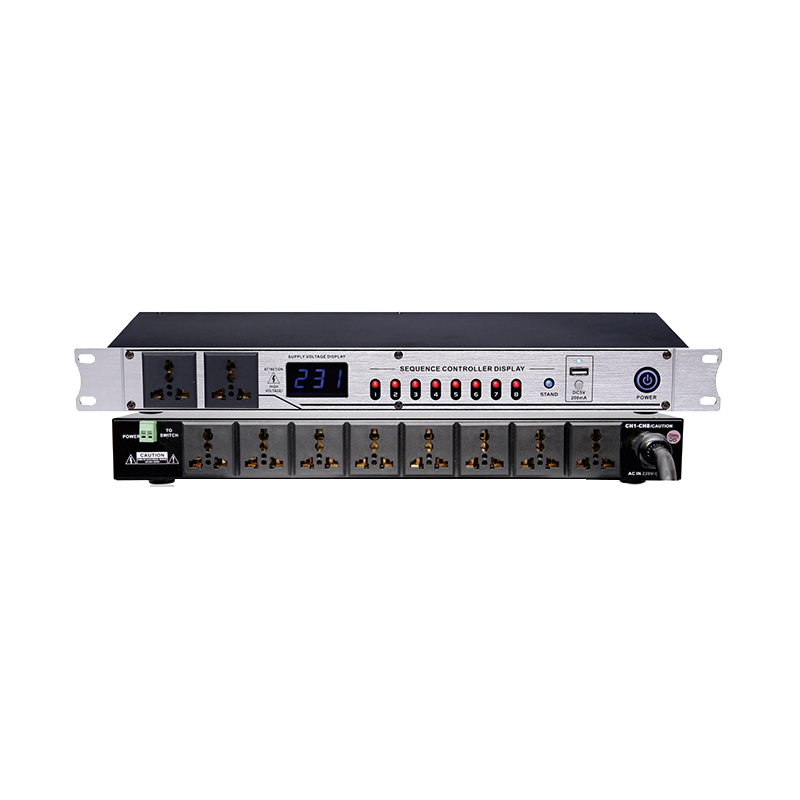
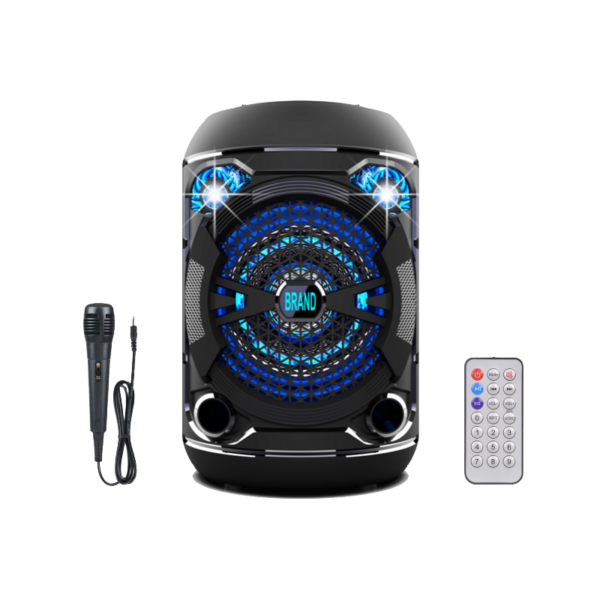
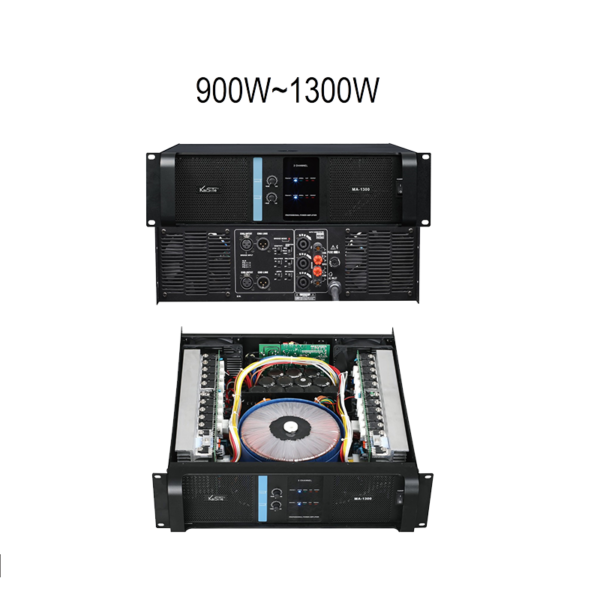
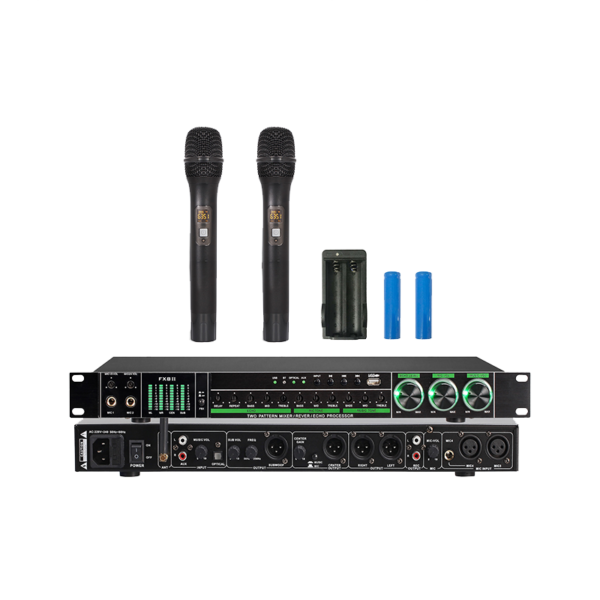
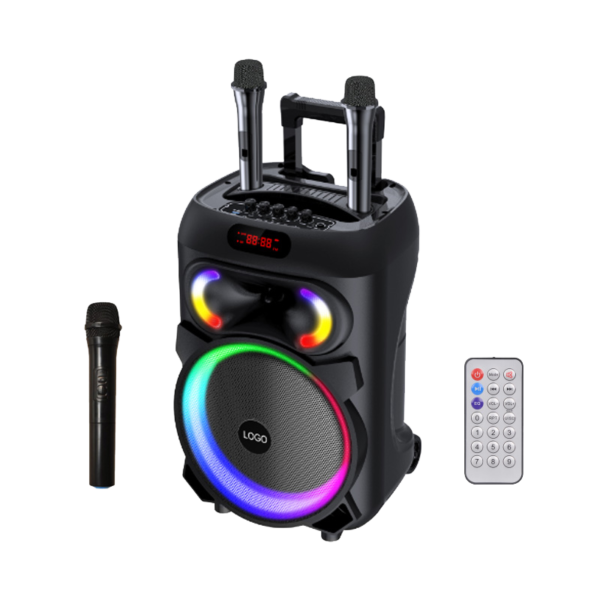

Florine –
Hi, I do believe this is a great site. I stumbledupon it ;
) I’m going to come back yet again since I bookmarked it.
Money and freedom is the best way to change, may you be rich
and continue to guide others.
my web-site; nordvpn coupons inspiresensation (tinyurl.com)
Morris –
I do not even know the way I ended up here, but I believed this submit was good.
I don’t recognize who you are but definitely you are going to a
well-known blogger when you are not already. Cheers!
Look into my page :: nordvpn coupons inspiresensation – http://come.ac/,
Shani –
Hi everyone, it’s my first visit at this site, and paragraph is truly fruitful for me, keep up posting
these types of articles or reviews.
Here is my web-site; nordvpn coupons inspiresensation (abc.li)
Tamela –
It’s wonderful that you are getting thoughts from this post as well as from our discussion made at this
time.
Take a look at my webpage :: nordvpn coupons inspiresensation
Bennett –
nordvpn coupon code 350fairfax
I have read so many posts about the blogger lovers but this paragraph is
actually a fastidious paragraph, keep it up.
Louella –
What’s up, this weekend is nice designed for me, because this time i am
reading this impressive informative post here at my residence.
Also visit my blog; eharmony special coupon code 2025
Ira –
hello!,I love your writing very a lot! percentage we keep in touch more about your article on AOL?
I require a specialist on this house to unravel my
problem. Maybe that’s you! Looking forward to peer you.
My web site vpn
Bella –
Saved as a favorite, I like your site!
Also visit my web site; what is vpn stand for
Dorris –
Post writing is also a fun, if you be familiar with after that you can write or else it is complicated
to write.
My site; vpn
UFABETWIN –
I think this is one of the most significant information for me. And i’m glad reading your article. But should remark on few general things, The site style is wonderful, the articles is really excellent : D. Good job, cheers|
ufakick –
I know this website presents quality depending articles and other material, is there any other web page which gives these kinds of data in quality?|
Deluna4d –
My partner and I stumbled over here from a different page and thought I might as well check things out. I like what I see so now i’m following you. Look forward to looking at your web page repeatedly.|
Deluna4d –
It’s in fact very complicated in this full of activity life to listen news on TV, therefore I simply use internet for that purpose, and get the latest news.|
Deluna4d –
Excellent site you have here but I was curious about if you knew of any user discussion forums that cover the same topics talked about in this article? I’d really like to be a part of online community where I can get advice from other knowledgeable individuals that share the same interest. If you have any recommendations, please let me know. Thank you!|
Deluna4d –
Hello! I know this is sort of off-topic but I needed to ask. Does managing a well-established blog like yours take a massive amount work? I am brand new to blogging however I do write in my diary every day. I’d like to start a blog so I can share my experience and thoughts online. Please let me know if you have any suggestions or tips for new aspiring bloggers. Thankyou!|
negative seo –
We’re a group of volunteers and opening a brand new scheme in our community. Your web site provided us with valuable info to work on. You have done an impressive job and our whole community will probably be thankful to you.|
negative seo –
Hello to every body, it’s my first go to see of this webpage; this webpage consists of remarkable and really good data in favor of visitors.|
negative seo –
I’ve been surfing online more than three hours today, yet I never found any interesting article like yours. It is pretty worth enough for me. In my opinion, if all webmasters and bloggers made good content as you did, the internet will be a lot more useful than ever before.|
top 100 private server –
It’s really a nice and useful piece of info. I am glad that you just shared this useful info with us. Please keep us informed like this. Thank you for sharing.|
games with private servers –
Magnificent beat ! I would like to apprentice while you amend your web site, how could i subscribe for a blog web site? The account aided me a acceptable deal. I had been tiny bit acquainted of this your broadcast provided bright clear idea|
freepornvideos –
After I initially left a comment I appear to have clicked on the -Notify me when new comments are added- checkbox and now whenever a comment is added I get four emails with the exact same comment. Perhaps there is a means you can remove me from that service? Many thanks!|
augmenter avis Google –
Thanks for some other informative site. Where else could I get that type of info written in such a perfect method? I’ve a mission that I am simply now working on, and I’ve been on the glance out for such information.|
augmenter avis Google –
It’s a shame you don’t have a donate button! I’d definitely donate to this excellent blog! I guess for now i’ll settle for book-marking and adding your RSS feed to my Google account. I look forward to fresh updates and will share this blog with my Facebook group. Talk soon!|
UFAC4 เข้าสู่ระบบ –
I think that is one of the most significant info for me. And i’m happy reading your article. However want to commentary on few normal issues, The site taste is wonderful, the articles is in reality excellent : D. Good process, cheers|
UFAC4 –
With havin so much content and articles do you ever run into any issues of plagorism or copyright violation? My website has a lot of exclusive content I’ve either written myself or outsourced but it seems a lot of it is popping it up all over the web without my permission. Do you know any ways to help prevent content from being ripped off? I’d definitely appreciate it.|
UFAC4 เข้าสู่ระบบ –
Howdy! This post couldn’t be written much better! Reading through this article reminds me of my previous roommate! He always kept talking about this. I am going to forward this post to him. Pretty sure he’s going to have a very good read. Thanks for sharing!|
UFAC4 เข้าสู่ระบบ –
you’re really a excellent webmaster. The web site loading speed is amazing. It kind of feels that you are doing any unique trick. Furthermore, The contents are masterpiece. you have performed a excellent task on this matter!|
Profile –
I really love your blog.. Pleasant colors & theme. Did you create this site yourself? Please reply back as I’m hoping to create my very own blog and want to find out where you got this from or just what the theme is called. Cheers!|